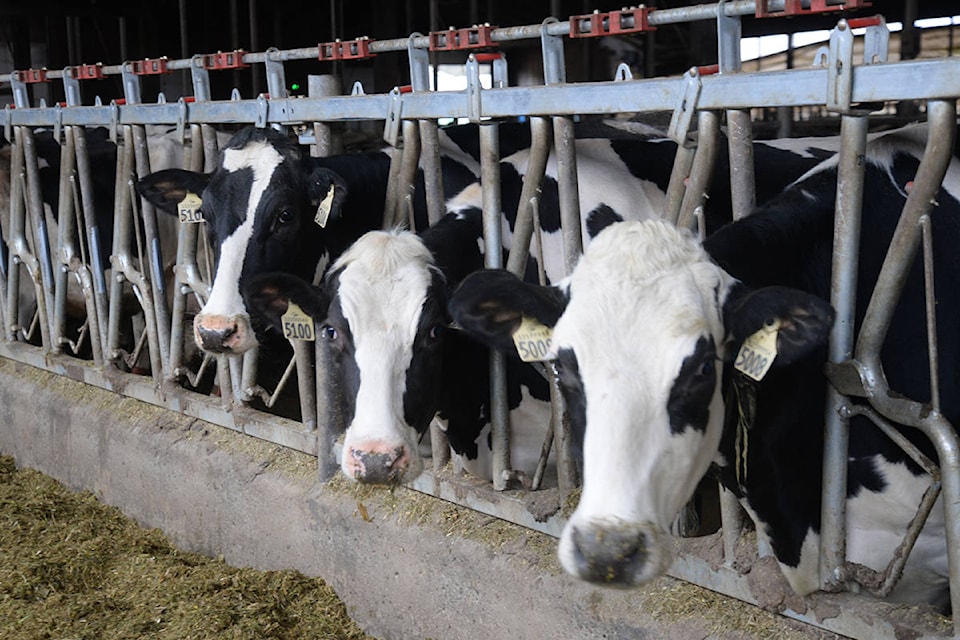This is the time of year when the Cariboo cattle are rounded up and mostly calves are off to the sales in Williams Lake or sold online if sizable groups are organized by the larger ranches.
It is also the time when veterinarians are pressed to get to all of our places to check our mother cow herd and the inductees – the young females which are bred for the first time – are checked to see if they are in calf.
If they are not pregnant, they probably are on their way to market as well. Good reproductive performance is the key to profitability in a cow/calf operation.
Producers are loath to go to the trouble and cost of keeping a cow with the hope she gets pregnant next year. Selling older cows into the “grind”, or hamburger, market is generally OK as a place to sell.
The proceeds of “open” cow sales can be reinvested into more promising young female (heifer) stock.
Most often, when the calves are weaned from their mothers is when the pregnancy checks are done. This involves either an ultrasound imaging of the fallopian tubes or a slightly more invasive rectal check to palpitate the fallopian tubes.
The vet has to “guesstimate” from the size of the calf (embryo) when it will be born.
Sometime cows that are going to be late in their delivery may be shipped to market because the calf will be too late to be turned out with the herd onto spring pasture.
Lateness of calving might also mean that the cow’s fertility is waning, so she should be culled. Once late, she just might get later, or not breed at all.
These procedures are not invasive and are not painful.
Often, if they are not pregnant, heifers might be shipped to the meat market, where they are fattened in feedlots, or if a producer has the right good feed and a local abattoir (slaughter house), direct sales to consumers is a good option.
Young females fatten more easily and quickly than steers and they are old enough to have good flavour and be tender. Tenderness decreases with age after two to three years old.
However, flavour can increase with age. Flavour in hamburger from culled (marketed) cows can be remarkable. Usually it is only grass fed, as cows are hardly ever fed grain. Grain feeding is mostly for young growing stock. In our cow/calf operations, economics favours the least expensive feed that cattle can thrive on.
Next week, I plan to write about young people getting into ranching. They will need to know the details and complexity of management for herd fertility and reproductive performance, i.e. the cow reliability of bringing home a live calf every year for more or less 10 years.
David Zirnhelt is a rancher in the Cariboo and member of the Cariboo Cattlemen’s Association. He is also chair of the Advisory Committee for the Applied Sustainable Ranching Program at Thompson Rivers University Williams Lake Campus.
READ MORE: B.C. veteran uses boxing coaching and farming to combat PTSD
